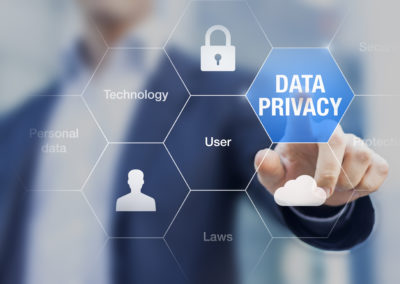
Times of Internet of Things, open access data and interconnected devices offer great opportunities for private and public organisations to gather vast and granular information about their consumers, users, transactions and behaviours. However, some of this data may include personal or sensitive details about specific individuals or households. It is now legally required as well as in the best interest of your customers and your organisation that all data you collect, store and process is protected against a threat of potential unsolicited system intrusion and data leakage.
Use statistical methods to safeguard your customers
Often it’s not possible to restrict the access to your data entirely – even the largest and most technologically aware and able organisations are currently susceptible to more and more sophisticated hacking attacks. Once it happens, it’s essential to ensure your vulnerable data collections do not reveal any personal or sensitive information about your customers, users or other individuals and households associated with your organisation. The main objective of our methods is to provide you with a data disclosure risk assessment and to prevent identifiable, disclosive and sensitive data from being used to target specific individuals and households. |  |
Implement comprehensive tests to estimate disclosure risks
 | A disclosure risk assessment estimates the probability of identifying specific households or individuals based on their descriptors e.g. socio-demographic characteristics, geographical location and other features of household or individual units in the microdata. These features and characteristics are especially relevant in the context of spatial coverage of the datasets. In some cases, it may be very straightforward to identify specific households or individuals if at least one direct identifier is present in the data. Also, intruders may use a combination (or many variants of combinations) of different indirect identifiers. Our statistical approaches measure both individual and cluster risks and are designed to lower the probability of revealing any specific information about individual persons or groups of people with similar characteristics. |
Safeguard individual, household and cohort sensitive data
The sensitivity of the data relates to the type of information an intruder may obtain not only about a specific and identified unit, but also about the environment or surrounding of groups of unidentified units (and also other similar units, e.g. households from the same social class based in the same region). A mere disclosure of the identity of a household or an individual will also lead intruders to know all other (sensitive or more general) information about this specific subject. Our Statistical Disclosure Control methods also include a set of qualitative and Natural Language Processing techniques that assess the sensitivity of information stored in your data collections. |  |
For more information on our Statistical Disclosure Control services and how we can help you protect your data, feel free to contact us now.
